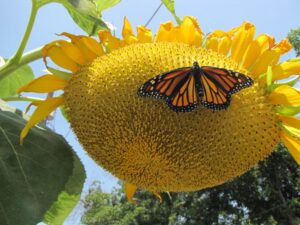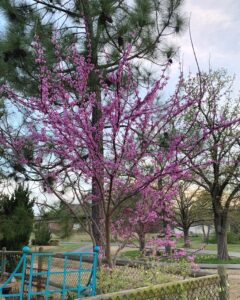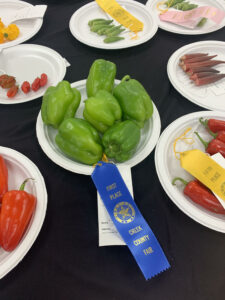Kathy Berryhill
Creek County Master Gardener
Every gardener would love to see their plant budget stretch further. A walk through any garden center produces plant envy, and I seem to want most everything I see. New varieties and “proven” plants abound and promises of bigger growth and better blooms are everywhere. Armed with a few helpful tips and additional information can help any gardener make plant choices that will enhance their landscape and help ease the strain on their budget.
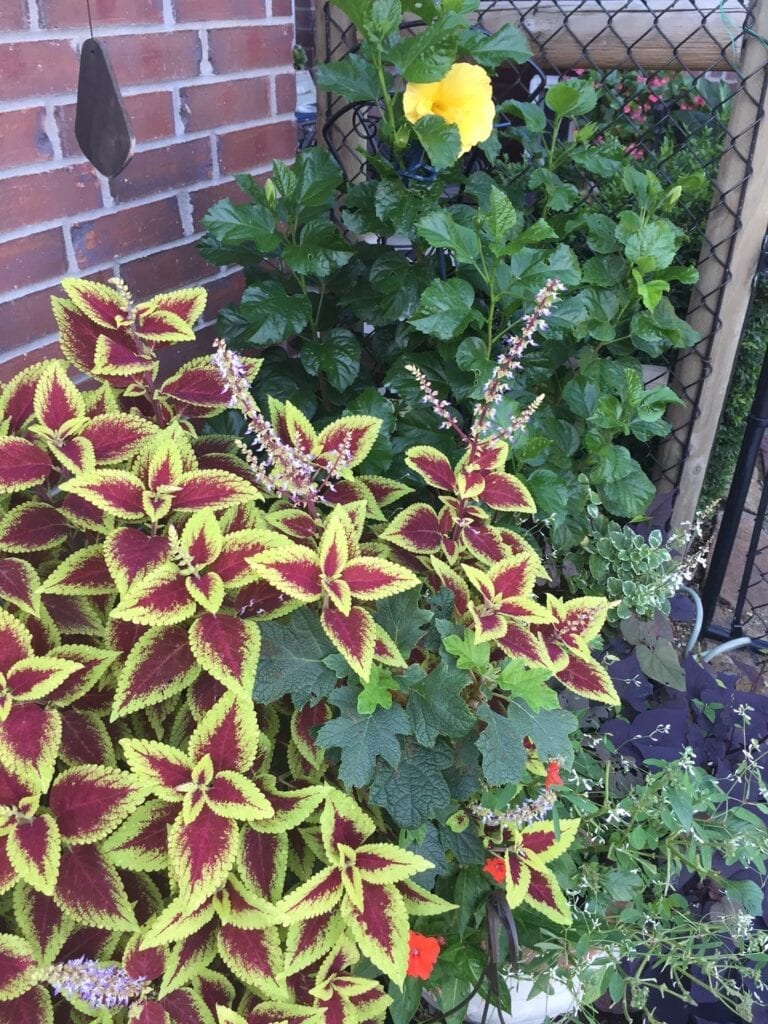
Perennial Dianthus 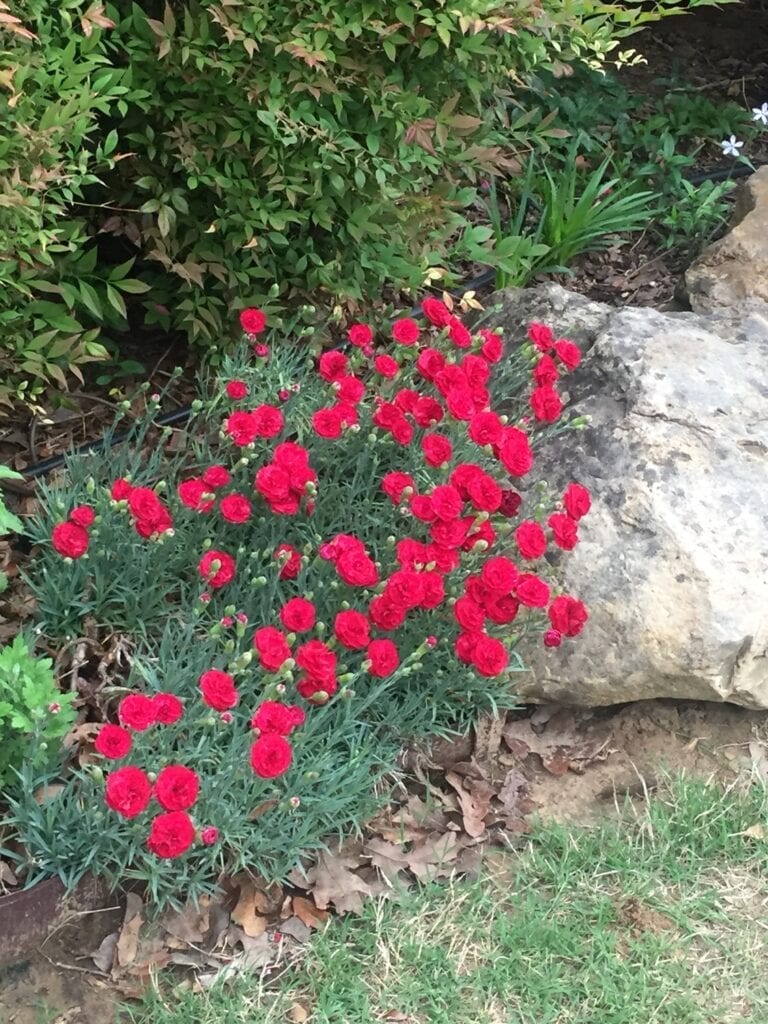
Annual Coleus Hibiscus
Knowing how to interpret the plant label begins with a knowledge of our hardiness zone rating. Our area is rated Zone 7a. This rating on a plant means it should survive temperatures down to 0 degrees. As we saw in February, our temperatures are starting to drop below that. To be on the safe side, look for plants that are hardy for Zone 6b, helping promote survival when temperatures fall to a maximum of -5 degrees. One glance at my row of dead Photina helps drive home the importance of these ratings. While some Photina survived this winter, mine did not. Conditions such as wind protection, soil quality and moisture content can make a big difference in survival rates. To be on the safe side, starting to purchase plants with a hardiness rating of Zone 6 can make all the difference.
Perennial plants with a Zone 6 rating are meant to survive our winters. Deciduous plants (ones that lose their leaves) are cultivated to go dormant during winter but regrow once temperatures begin to warm. Evergreen plants with the same rating should stay green year round. Some perennial plants can produce lovely color in our gardens. However the colorful blooms only last for a few weeks at most. Having a variety of perennial plants provides a wonderful base for your landscape that are already in place each season.
Annual plants have a hardiness rating that will not survive our winters. Planted after our last freeze, an annual plant should grow and provide masses of color until the first frost in October. The trade off is that unless these plants are brought indoors and protected, gardeners will have to repurchase the plant for the next growing season.
The answer to a beautiful yard is to buy a combination of both perennial and annual plants. Treated with care, both will provide a beautiful display.


